
Non-Hormonal Contraception Options
Non-hormonal contraceptive methods fall into a few categories. These include barrier methods and surgical options.
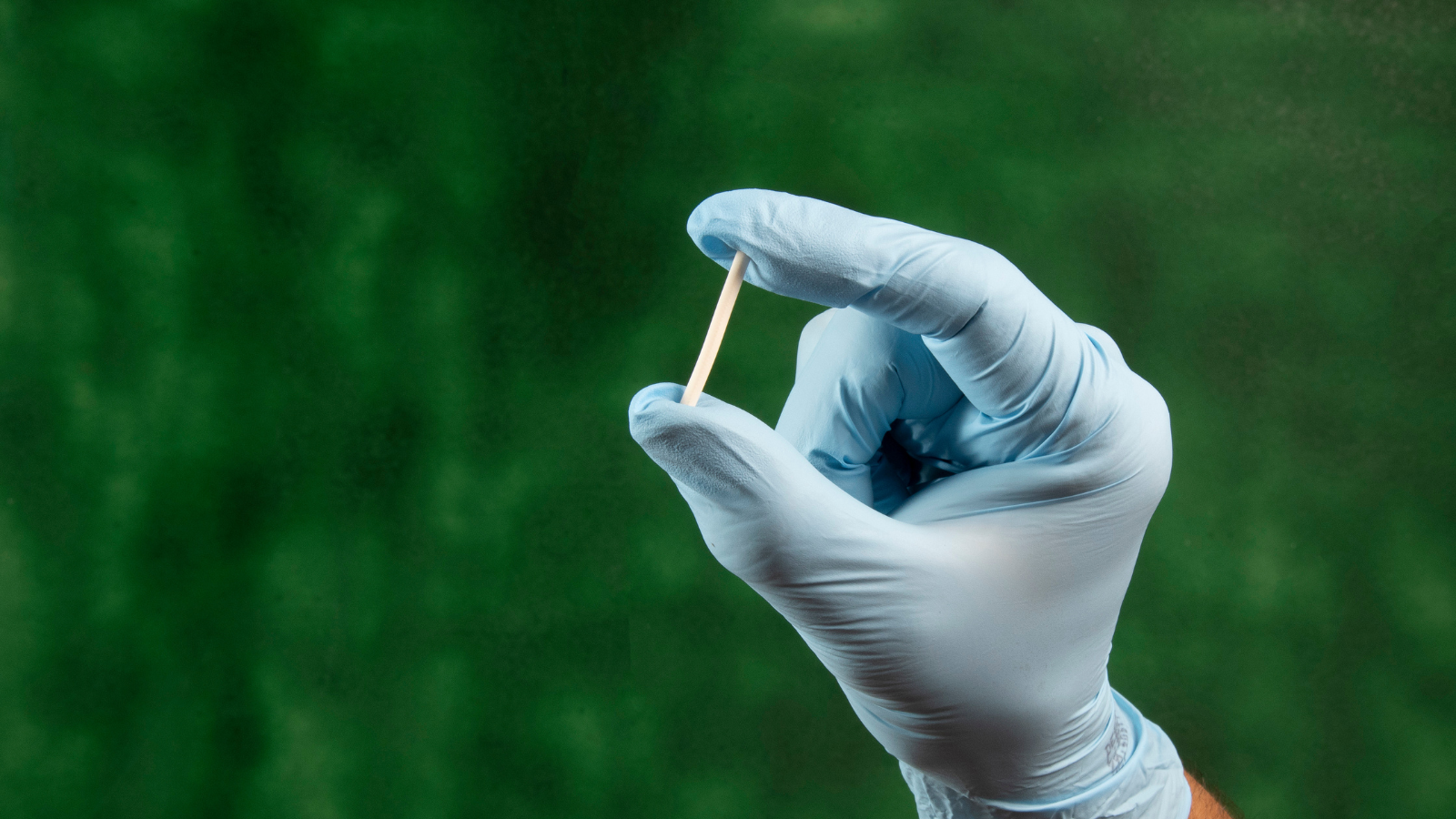
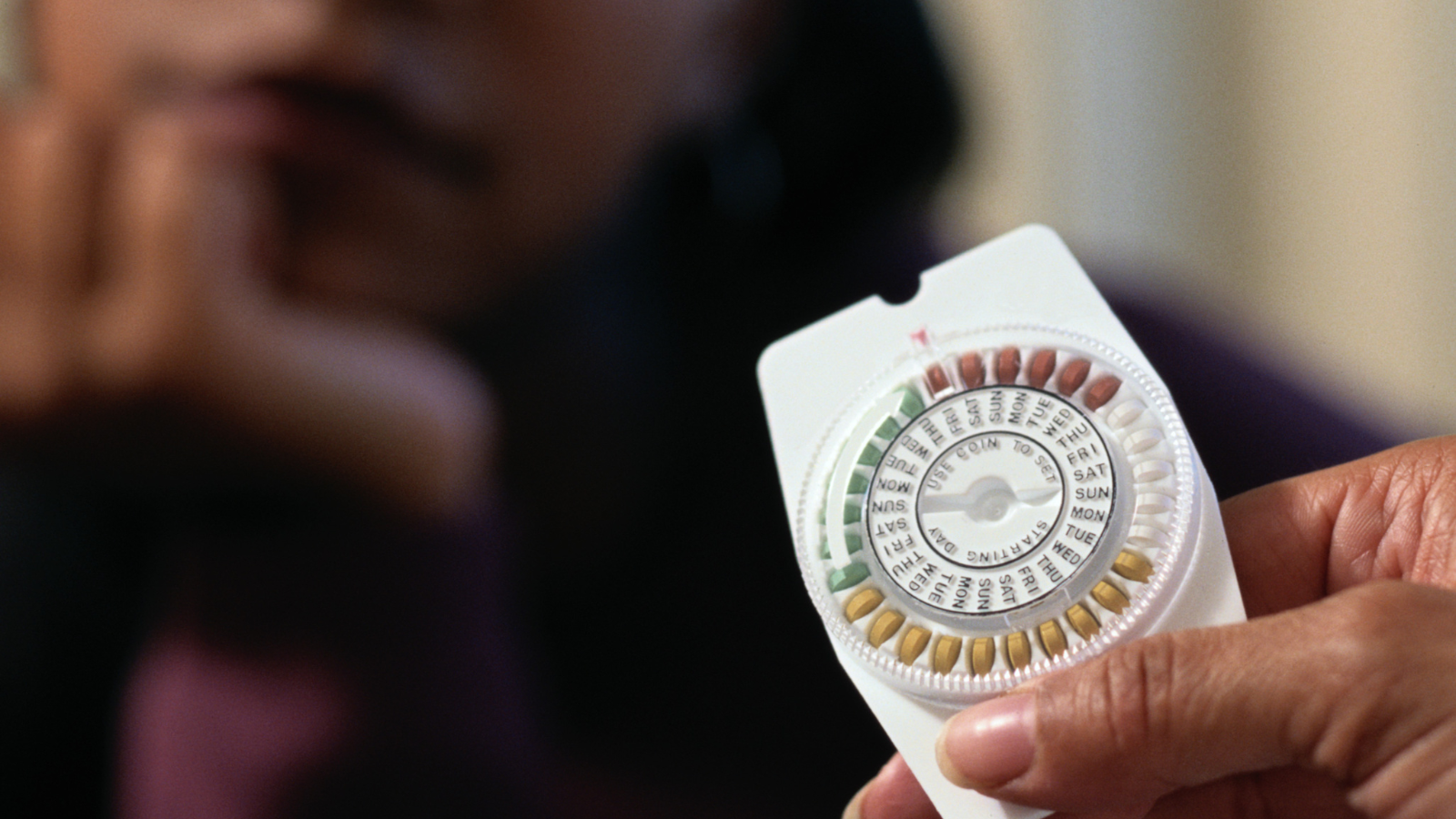
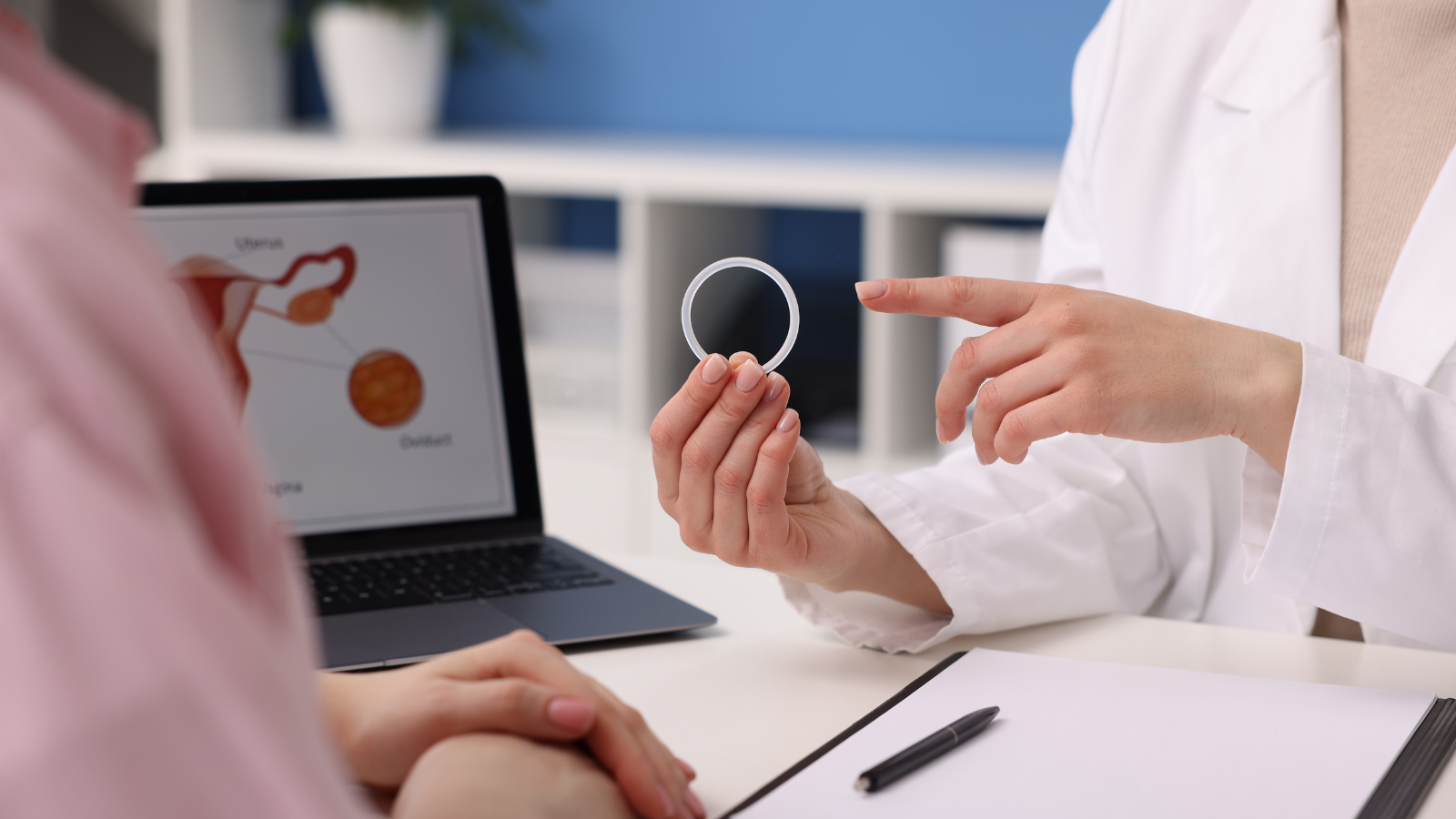

Many methods of birth control that are available today rely on hormones like those that our bodies make naturally. Some contain both estrogen and progestin (a synthetic version of progesterone) while others are progestin only.
Hormonal methods come in many different forms—from pills to patches to shots—but all of them essentially work the same way. The most important thing they do is prevent ovulation. If there is no egg, there can be no pregnancy. These methods also thicken cervical mucus to keep sperm out and slow sperm down as they move toward the fallopian tubes.
Hormonal methods are very effective (around 99%) when used perfectly. In real life—when people may forget to take a pill or change their patch—some of these methods are closer to 93% or 91% effective. See our Birth Control Methods Chart for specific effectiveness rates.
You can make any of these methods work better by using them correctly all the time.
One of the important things to keep in mind is that no hormonal method protects against sexually transmitted infections (STIs).
Like any medication, hormonal methods may have some side effects, but these vary widely from person to person. The only way to know if you will experience them is to try out a method.
Some people experience symptoms similar to those that happen before your period, like breast tenderness, weight gain, headaches, or nausea. These symptoms often go away after a few months. For some people switching to a different hormonal method—or even just a different brand of pill—can help ease these side effects.
There is some research that suggests hormonal methods raise the risk of heart attacks or strokes in some people. There has also been research looking at the connection between hormonal contraception and breast cancer, but the results have been inconclusive.
Hormonal methods also have some benefits. People who use them usually have a very regular cycle. With some hormonal methods, you may not get your period at all. People on hormonal methods often have less cramping during their periods and sometimes have fewer PMS symptoms. Some hormonal methods have been found to clear up acne.
Research has also found that long term use of hormonal methods can reduce a person’s risk of both ovarian cancer and uterine cancer.
Hormonal methods are a great option for most people who don’t want to become pregnant or who want to regulate their periods.
To reduce the risk of serious side effects, these methods are not recommended for people who smoke, people who have had blood clots in the past, and people who have a history or family history of certain cancers. Whether you see a provider in person or get a prescription online, be honest about your health history so you can find the best and safest method for you.
You should also know that certain medicines, like antibiotics, can make some hormonal methods less effective. Make sure to tell your health care provider about all medicine you take before deciding on a hormonal method. Once you are taking a hormonal method, be sure to tell all other health care providers you see.
The only hormonal method of birth control that is available over the counter is Opill, which is a progestin-only pill. You can buy Opill in pharmacies or order it online. It costs $19.99 for one month or $49.99 for three.
All other pills, patches, and rings require a prescription. There are some online services that allow you to connect with a health care provider to get a prescription and then send the birth control to your house.
To get the birth control shot, you either have to see a health care provider every three months or get a prescription and give yourself the shots.
Some IUDs and the contraceptive implant (Nexplanon) contain hormones, but these methods are in their own category called long-acting reversible contraception (LARC). Once they are put in place by a health care provider, they work for years without you having to do anything. See our LARC page for more information.
If you have insurance, most hormonal birth control methods are free. There are some exceptions. Some insurers will only cover certain brands of the pill, for example. Your pharmacist should be able to help you figure out which ones will be covered by your plan.
If you don’t have insurance, you can try some of the online services which offer a one-year prescription for a flat price or check out clinics in your area like Planned Parenthood that offer services on a sliding scale.
The differences between hormonal methods mostly come down to how you get them and how you use them. Remember, how well these methods work is all about how much effort you put in.
All hormonal methods are effective at preventing pregnancy if used correctly, so choosing the right one is more about you. Are you someone who will remember to take your pill every day? Would you be comfortable putting a ring in your vagina? How do you feel about shots? Look at the information above and think about how you might do using each method. Be honest with yourself.
Also remember that none of these methods provide protection against STIs. To protect you and your partner against STIs, think about using a condom along with whichever hormonal contraceptive method you choose.

Non-hormonal contraceptive methods fall into a few categories. These include barrier methods and surgical options.

There’s new research to suggest that the birth control pill can protect female athletes from ACL tears which is one of the most common knee injuries. While this may sound far-fetched, the science behind it is very interesting.
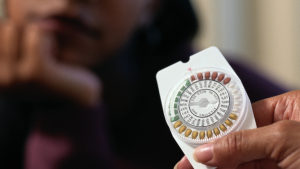
A new study of more than 200,000 women found that women who had ever taken the pill had a 26% lower risk of ovarian cancer.
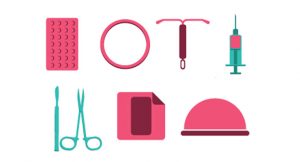
Anyone who is having penis-in-vagina sex runs the risk of getting pregnant every time they have sex. Even if it’s your first time. Even if you have your period. Even if it’s a full moon and Mercury is in retrograde.
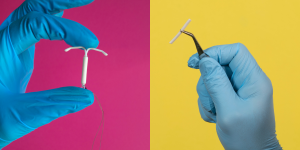
LARC methods are safe, reliable, and prevent pregnancy for years. For many people they are a great choice, but everyone has personal preferences for what fits in to their lifestyle and health profile.

The FDA recently approved another copper-IUD. The device, called Miudella, is more flexible and uses less copper than the Copper-T which has been the only non-hormonal IUD on the market for many years.

An FDA advisory panel voted unanimously last week that Opill, a progestin-only birth control pill, should be available over the counter.
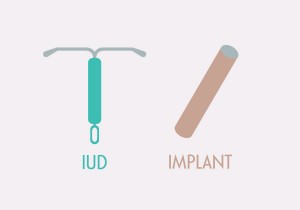
The name says it all. Long-acting reversible contraception, or LARC, is reversible birth control that provides long-lasting (think years) pregnancy prevention.
ASHA believes that all people have the right to the information and services that will help them to have optimum sexual health. We envision a time when stigma is no longer associated with sexual health and our nation is united in its belief that sexuality is a normal, healthy, and positive aspect of human life.
ABOUT
GET INVOLVED
ASHA WEBSITES
GET HELP
© 2025 American Sexual Health Association